“牛”卡斯尔大学的牛人!(医学篇)
紐卡斯爾大學 (UoN)、雪梨紐卡斯爾大學語言中心

让想生孩子的人生孩子,让不想生孩子的人安全避孕,是他的两大理想。他研制了全球首例通过麻痹精子来避孕的女性避孕药,开发了全球首个可提高试管授精成功率的精子筛选仪,也在研发男性避孕药。
他就是澳大利亚纽卡斯尔大学生殖生物学家、纽卡斯尔大学健康医学学院院长John Aitken教授。
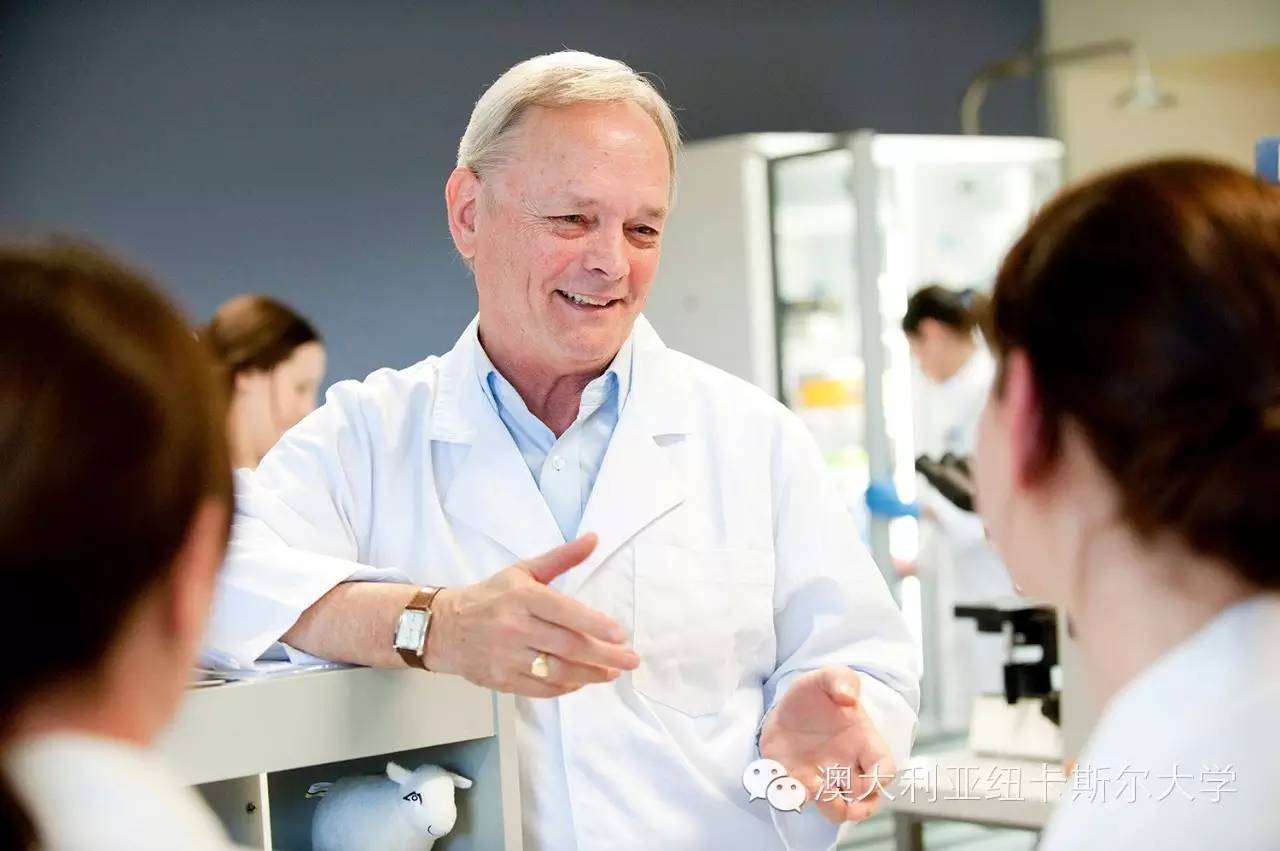
Aitken教授出生在英国,因对大象生殖(呃,这个...)感兴趣,而进入剑桥大学学习,最终取得了生殖生物学博士学位。在世界卫生组织工作期间,他认识到全球人口问题的严峻,进而对人类避孕和生殖产生了浓厚的兴趣。
40年的从业生涯,Aitken教授荣誉成果无数。480份研究报告,350多场专题讲座,12项专利,他的研究成果在全球的引用次数超过16000次,为人类生殖学领域之最。
集爱丁堡皇家科学院院士、澳大利亚科学院院士以及澳大利亚桂冠教授荣誉为一身,Aitken教授最关心的是如何帮助人类成功控制生育,研发更先进的受孕方法,防治性病。
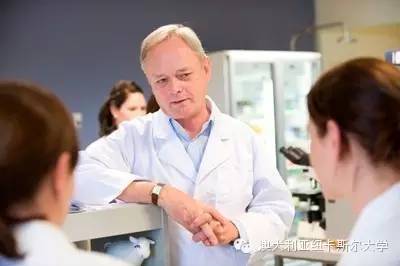
你所不知道的Aitken教授
· Aitken教授曾帮一对十年未孕的夫妇解决了精子DNA损坏的问题,从而帮助他们成功生育。
· Aitken教授的研究运用于马匹养殖上,成功提高了新南威尔士州的马匹养殖率,每年创收超过4亿2千万澳元。
· Aitken教授在闲暇之时最喜欢钓鱼和弹吉它。
the future of sex
Laureate Professor John Aitken believes creating better methods of contraception and curing infertility are the two single most important issues facing the world – and this global authority on reproductive biology is leading the charge to achieve both.
Professor Aitken, who arrived from the University of Edinburgh to take up a Chair in Biological Sciences at theUniversity of Newcastle in 1999, is now a leader of a 50-strong research team studying fertility and contraception, which has attracted almost $50 million in funding.
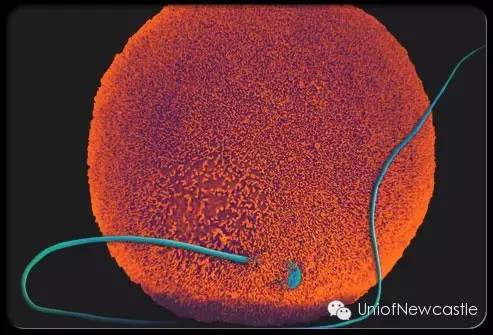
when sperm meets egg
“Each year the reproductive needs of some 120 million couples worldwide go unmet. I believe that finding more effective ways to control fertility is a critical global issue while, at an individual level, we should never forget the large number of couples seeking safe, effective solutions to their infertility,” Professor Aitken, Director of theUniversity of Newcastle’s Priority Research Centre for Reproductive Science said.
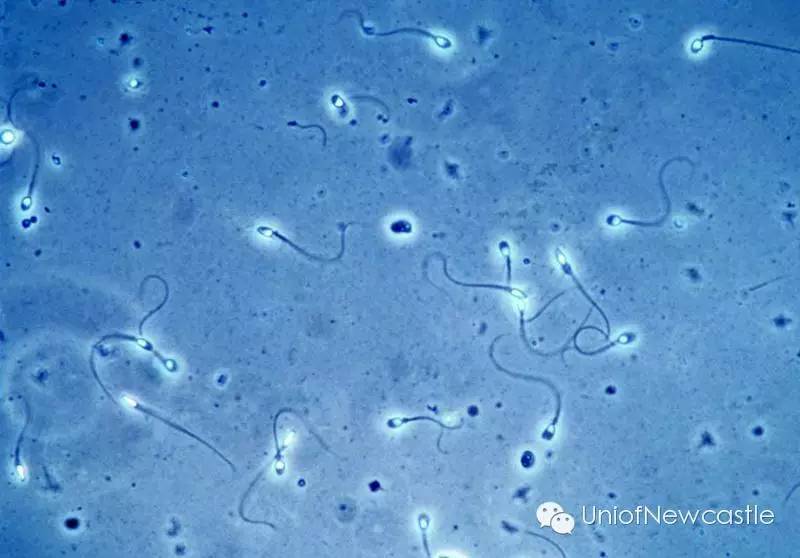
normal sperm
“Essentially, all the world’s problems are, one way or the other, connected to sustainable world population growth. If we get control of populations numbers, we can solve many of the difficulties facing mankind.”
The 2012 New South Wales Scientist of the Year says the ‘urgent need’ to develop better contraception is demonstrated by the 46 million abortions performed worldwide every year due to people falling pregnant unintentionally. In Australia one in five pregnancies are aborted each year, equalling around 70,000 terminations, many in the under 19 or over 40 age groups.
“I regard abortion not as a moral failure but a contraception failure. We just don’t have the right methods to empower women to control their own fertility,” he said.
“If you think about human contraception it hasn’t actually moved on since the contraceptive pill was introduced in 1960 and that was based on the biochemistry of the 1930s. When you think of all the miracles of modern medicine that have transformed healthcare in the last century here is something that touches all of our lives and it has been totally neglected.”
A world-first female contraception developed by Professor Aitken’s research group that simultaneously paralyses sperm and protects from sexually-transmitted diseases is currently undergoing safety trials.
Professor Aitken said the compound, which may eventually take the form of a sponge or vaginal ring, to be inserted two to three days before sexual intercourse, is activated only when in contact with semen.
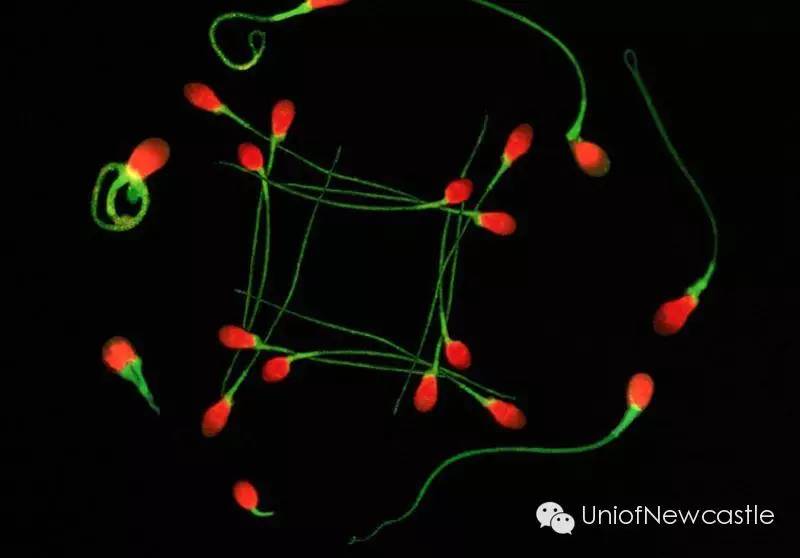
abnormal sperm
“The invention is ground-breaking in that the compound does not kill sperm but targets their ability to swim, and is therefore much safer for women. If the chemical succeeds in both animal and human trials, it will be the first major advance in contraception since the pill was introduced more than five decades ago.”
Professor Aitken said the discovery had the potential to address the global pandemic in sexually transmitted diseases.
In addition to this potentially revolutionary contraception for women, Professor Aitken and his research team are chasing the holy grail – a male contraceptive pill.
“Male reproduction is much more complicated. You’re not trying to stop the ovulation of one egg a month. You’re trying to stop the production of a thousand sperm a second,” he said.
“Our reproductive science group covers everything from conception, sperm and egg meeting one another and fertilising the egg and the very early stages of development all the way through to parturition and at both ends of the reproductive process there are pathological problems that we’re interested in trying to solve.”